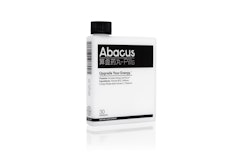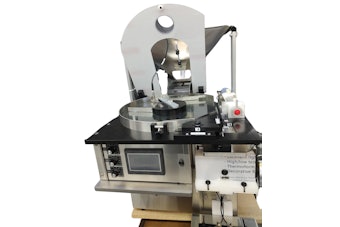
1. Dexterity. Dexterity unfolds in children ages 8 to 12 years old, depending on a child’s motor skill development. Prior to acquiring functional dexterity, kids can push and turn, but not at the same time. This is in direct contrast to a 90-year-old who has this motor skill development and can indeed push and turn, however the forces required to enter the package could exceed a senior’s strength and range of motion capability.
2. Intuitive and easy to use. Designers use visual cues such as textural fields, shape and color in combinations to convey to the user the most effective way to use the product. For example, “Lift me this way…Push here.” This works great for mature adults. However, these affordances also give cues to children on usability, and can encourage them to try to get into the package. Visual cues are based on legacy experiences and metaphors.Selecting novel and inexperienced visual cues of young children—cues experienced by adulthood—can minimize affordance transfer to young kids.
3. Size matters. Simply making the package larger is one of the easiest and most effective ways to make something child-resistant. For example, designing packages with a thumb-index finger pinch motion to “unlock” [is likely] beyond the finger span of a young hand.Because finger strength is proportional to the cross-section of the muscle, small children’s hands are significantly weaker than larger adult hands. Designing package access forces that exceed a children’s strength is another simple solution to making something child-resistant.
Metaphase Design Group specializes in hand-intensive products and packaging, and in the research and design of ergonomic products.





















